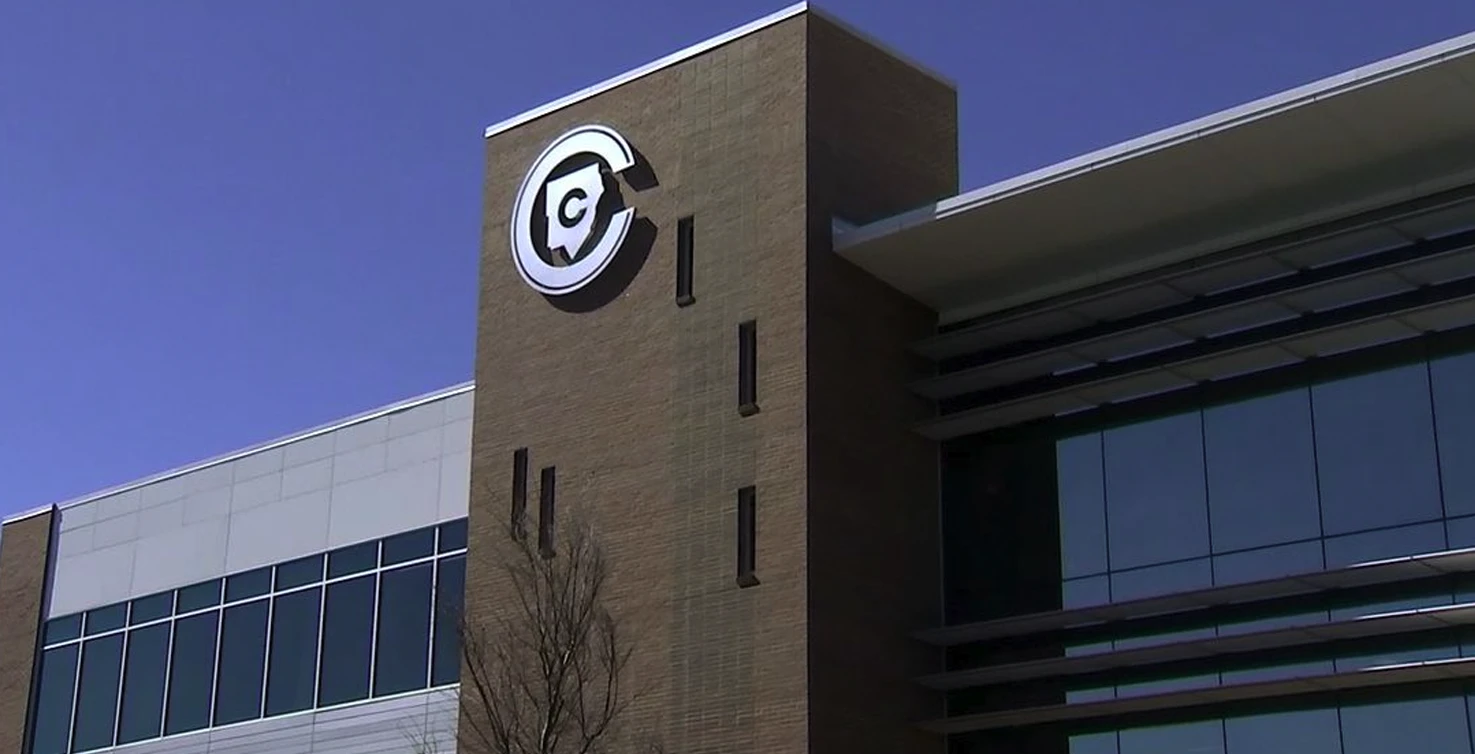The Cobb County Board of Education has officially announced that it will opt out of the HB581 property tax formula, a decision that aligns with the best interests of students, teachers, and the community at large, according to many local education leaders.
Early reports indicate that only five Georgia school districts have chosen to opt in to HB581, a law that would cap property taxes based on inflation rather than actual growth. This well intentioned-but-not-fully-thought-out policy threatens to cripple school funding in districts that rely on local revenues to maintain excellence in education.
The five school districts that have opted in—Candler, Colquitt, Laurens, Pickens, and Polk counties—are significantly smaller and less economically developed than Cobb County. Their decision to accept the limitations of HB581 provides a stark contrast to Cobb’s robust and well-funded school system.
A Closer Look at the Opt-In Districts
1. Candler County School District has a total of 2,201 students, with 59.6% identified as economically disadvantaged. According to U.S. News, Candler County spends $10,711 per student, with an overall budget of $28,502,000. Alarmingly, their student test proficiency rates are abysmal—just 28% of high school students are proficient in reading, and only 26% in math.
2. Colquitt County Schools, serving 8,830 students, has a high school math proficiency of just 6% and a reading proficiency of 34%. The district’s budget stands at $110,590,000, with $12,524 spent per student. However, only 27.1% of funding comes from local sources, and thus not as tied to the local tax base of more affluent districts
3. Laurens County Schools, with 6,424 students, reports that nearly 60% of its student population is economically disadvantaged. Test scores indicate math proficiency of 40% and a reading proficiency of 34%. The district’s budget of $92,780,000 translates to $11,799 per student, with a weak local contribution of 27.1%.
4. Pickens County Schools, serving 4,124 students, fares slightly better, with a 43% proficiency in both math and reading. The district has an annual budget of $65,456,000 and spends $13,466 per student.
5. Polk County Schools serve 7,878 students, of whom 54.3% are from economically disadvantaged backgrounds. The district’s proficiency rates are dismal—30% in math and just 22% in reading. Polk County operates with a $98,077,000 budget, spending $10,980 per student.
U.S. News & World Report: Best States – Georgia
The Cobb County Advantage
In contrast, Cobb County Schools continue to set the bar for student achievement and fiscal responsibility. With a total budget of $1,577,457,000 in 2023, the district spends $11,978 per student—higher than most of the opt-in districts. More importantly, local revenues contribute 51.1% of Cobb’s budget, demonstrating a strong community investment in education.
Student achievement in Cobb County reflects this financial commitment. In high school math, 68% of students are proficient, while 74% meet reading proficiency standards—significantly outperforming the opt-in districts, especially given the larger student population.
Additionally, only 43% of Cobb students are considered economically disadvantaged, allowing the district to focus on academic excellence rather than remedial support.
U.S. News & World Report: Best Georgia High Schools – Cobb School District
Why It Matters
Unlike the smaller rural districts opting in to HB581, Cobb County is experiencing steady growth. According to the Atlanta Regional Commission, Cobb’s population grew to 792,049 in 2024, an increase of approximately 6,700 residents. While this may seem modest in percentage terms (0.85% growth), such an increase would be catastrophic for smaller counties. To put this into perspective, Taliaferro County’s entire population stands at 69,366. If it experienced a 10% growth spike, local infrastructure, including schools, would be overwhelmed.
Housing development further underscores Cobb’s expanding needs. The county issued 2,956 new housing permits in 2024, which could introduce as many as 1,773 new students into the county. While some families may opt for private schools or homeschooling, the public-school systems remain the backbone of Cobb’s educational landscape.
The Conservative Leadership Difference
Cobb County School District has a majority of conservatives on the school board. The Republican majority school board that includes, Board Chairman David Chastain said, there are many reasons Cobb, with its much larger population has a noted record of success. Chairman Chastain continued,

“…(the) community’s commitment to the school district is evidenced by the successful passage of numerous Ed-SPLOST votes, the relatively few complaints the school district receives when one considers there are over 100,000 students (in the district) and election results that keeps common-sense Republicans in office each election cycle.
Chastain further said, I don’t know of anyone who would find it acceptable for our high school students to have a reading or math proficiency rate that compares to some of the lowest performing schools in Georgia, so yes I support the opting out option HB581 provides.
Previous Board Chairman Randy Scamihorn from northwest Cobb County echoed Chastain’s assessment and added, ‘The Superintendent’s (Chris Ragsdale) insistence of keeping our classrooms focused on academics and leaving other social and political agendas at the door is unique in today’s educational world. Scamihorn went on to say, while some political activists and local party leaders simply do not understand that there should be a clear divide between oversight and policy versus operations the majority of Cobb County’s board and most engaged observers are very clear headed about this leadership model.
Scamihorn added, “Our Superintendent has built a team of highly qualified educators and support staff that are second to none when it comes to building a school system that is the envoy of most”.
Protecting Cobb’s Future
Opting out of HB581 ensures that Cobb County Schools remain well-funded, well-staffed, and focused on student achievement. Limiting school funding based on inflation caps and not real-life realties in different Georgia school districts would be disastrous, placing Cobb on a trajectory toward underfunded classrooms, overcrowded schools, and declining educational outcomes, according to local education officials.







